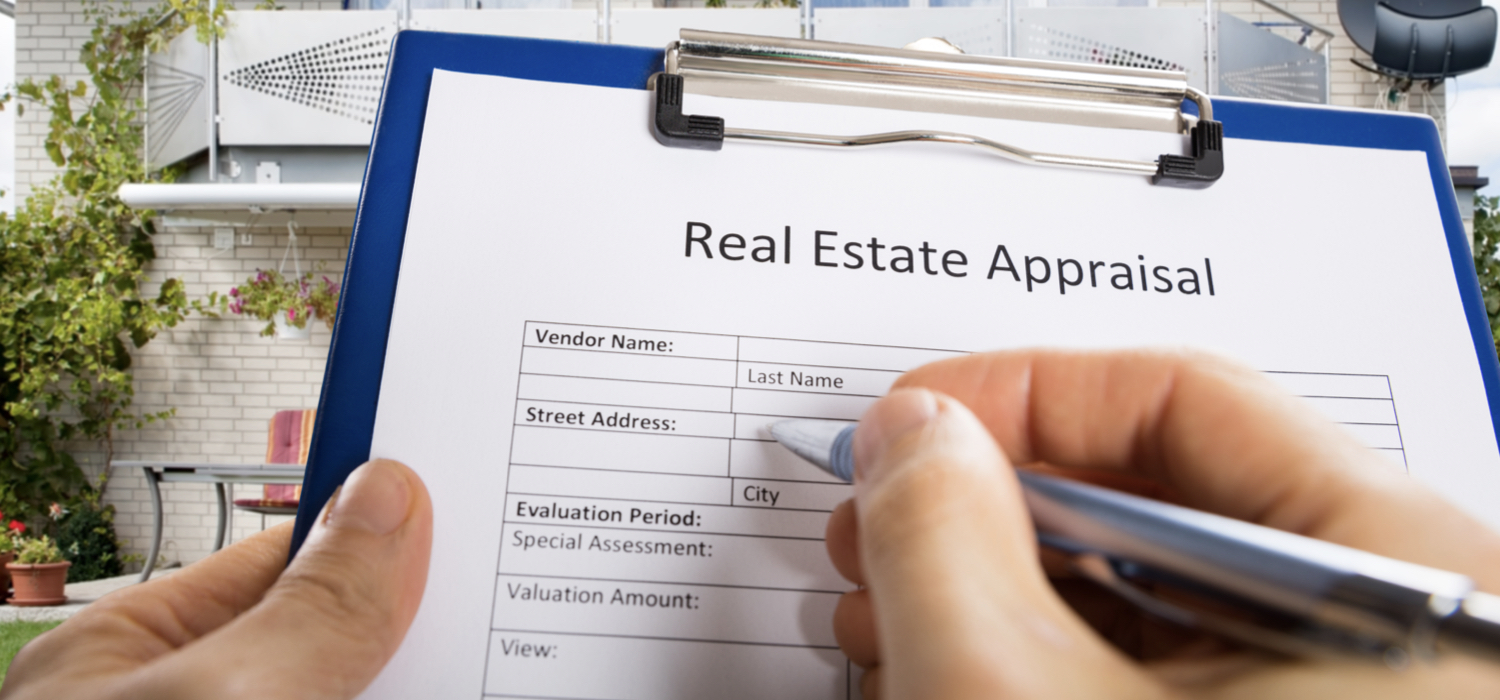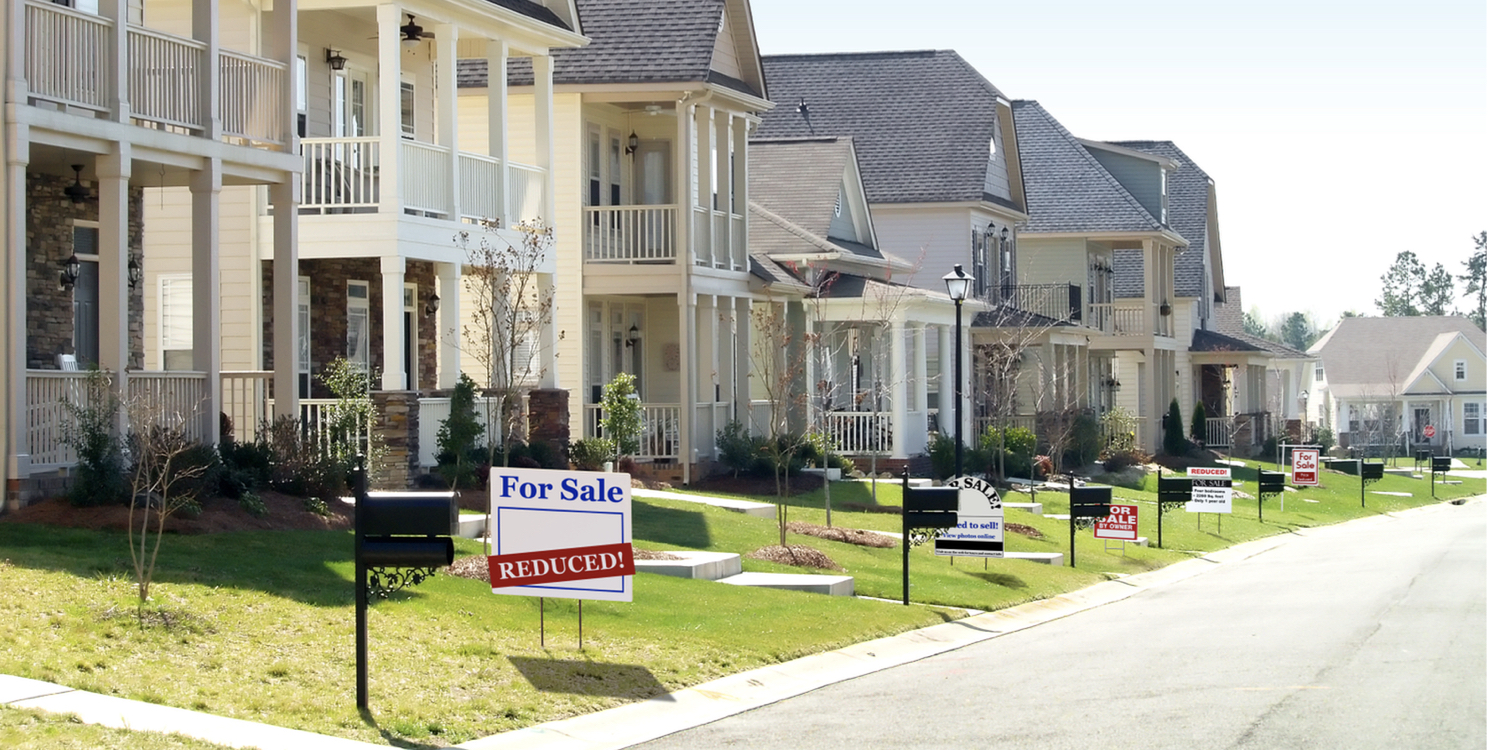How have Social Security benefits kept up with inflation? With 97 percent of older adults (aged 60 to 89) either receiving Social Security or will it’s imperative to measure the impacts of inflation against Cost of Living Adjustments
Continue readingAppraisal bias protections and the HECM
Appraisal bias protections are extended to HECM applicants who may request a…
Continue readingHere’s how many Social Security recipients have their home paid off
Why your home would be a terrible inheritance for your heirs
Finance of America Reverse President Kristen Sieffert penned a guest column in Kiplinger.com that exposes the problems in bequeathing a house to heirs and the unanticipated problems that can follow.
Continue readingPossible Class-Action on Equity-Sharing program
Class Action-org is asking residents of Florida, New York, or Ohio who entered into an equity sharing agreement with Unison to contact them.
Continue readingHECMs could go mainstream if Congress does this
Reverse mortgages could finally become a mainstream option if these reforms are enacted by Congress…
Continue readingSeniors say Social Security raise doesn’t keep pace with inflation
Unable to use the embedded player? Listen here.
EPISODE #763
Over half of seniors say Social Security raise doesn’t keep pace with inflation
A new survey found over half of seniors don’t believe the recent 8.7% Social Security cost of living adjustment keeps up with rising prices.
Other Stories:
-
[HECMWorld ] Reverse Market Insight’s Market Minute with Jon McCue
-
[ReverseMortgageDaily] Fairway names new division head and team leadership roles
Ginnie Mae Adjusts Reverse Mortgage Securitization Program
In the wake of the bankruptcy of Reverse Mortgage Funding Ginnie Mae announced a historic change to the minimum pool size of HECM Mortgage-Backed Securities (HMBS)..
Continue readingExperts: what homeowners should do in a softening market
Are we headed for a major market crash? Are there things to consider like reverse mortgages to help weather eroding market conditions? Several experts weigh in with their advice…
Continue readingReverse borrowers encouraged to seek assistance
The office of the California Attorney General Rob Bonta published an alert last week encouraging state residents impacted by the Covid-19 pandemic to seek assistance to repay house payments.
Continue reading










